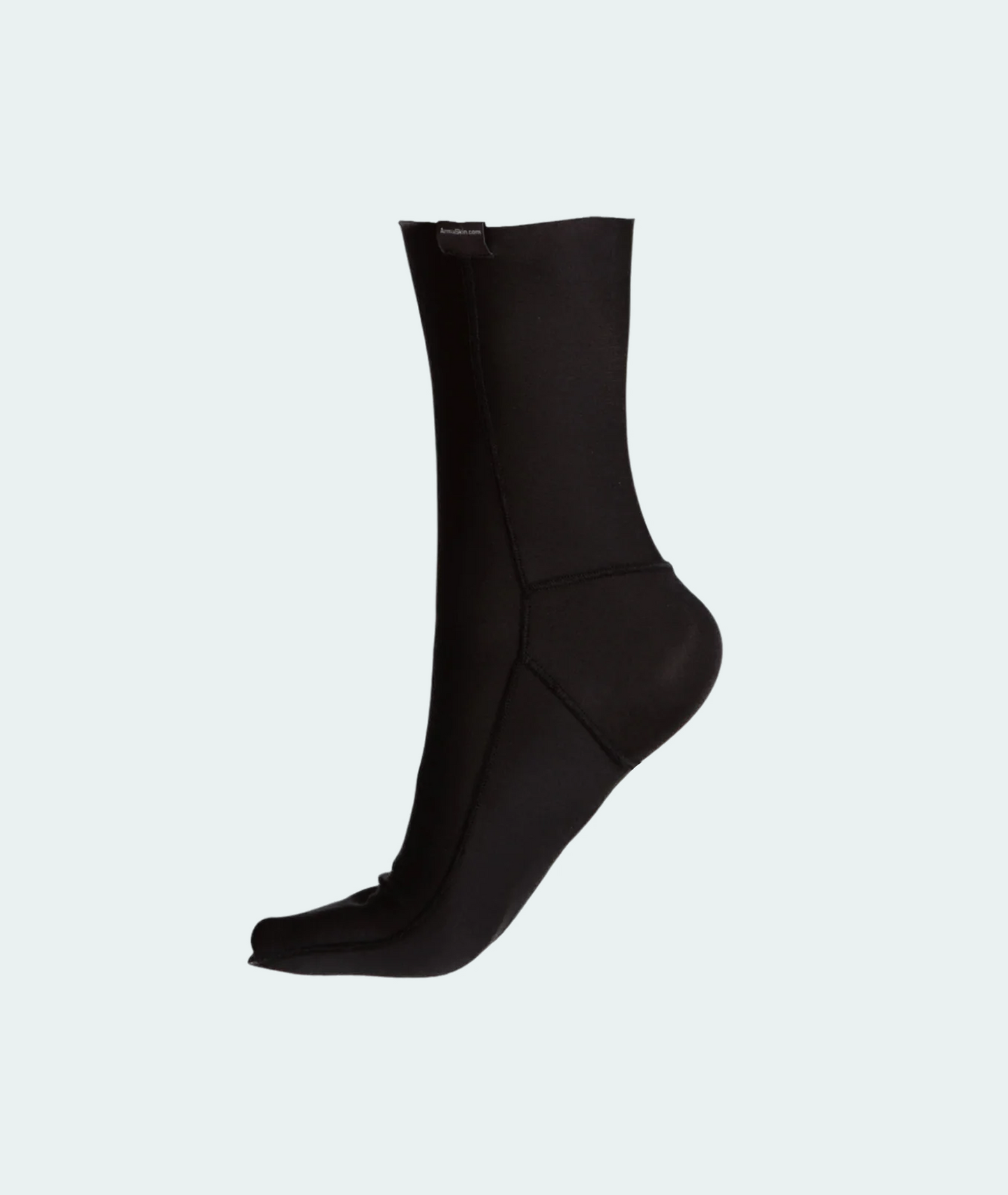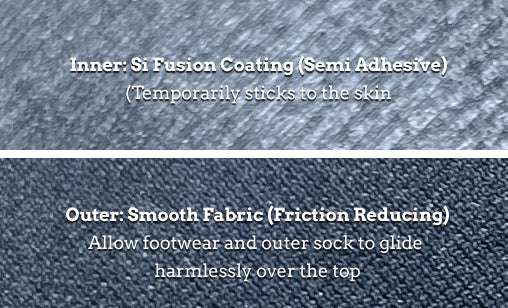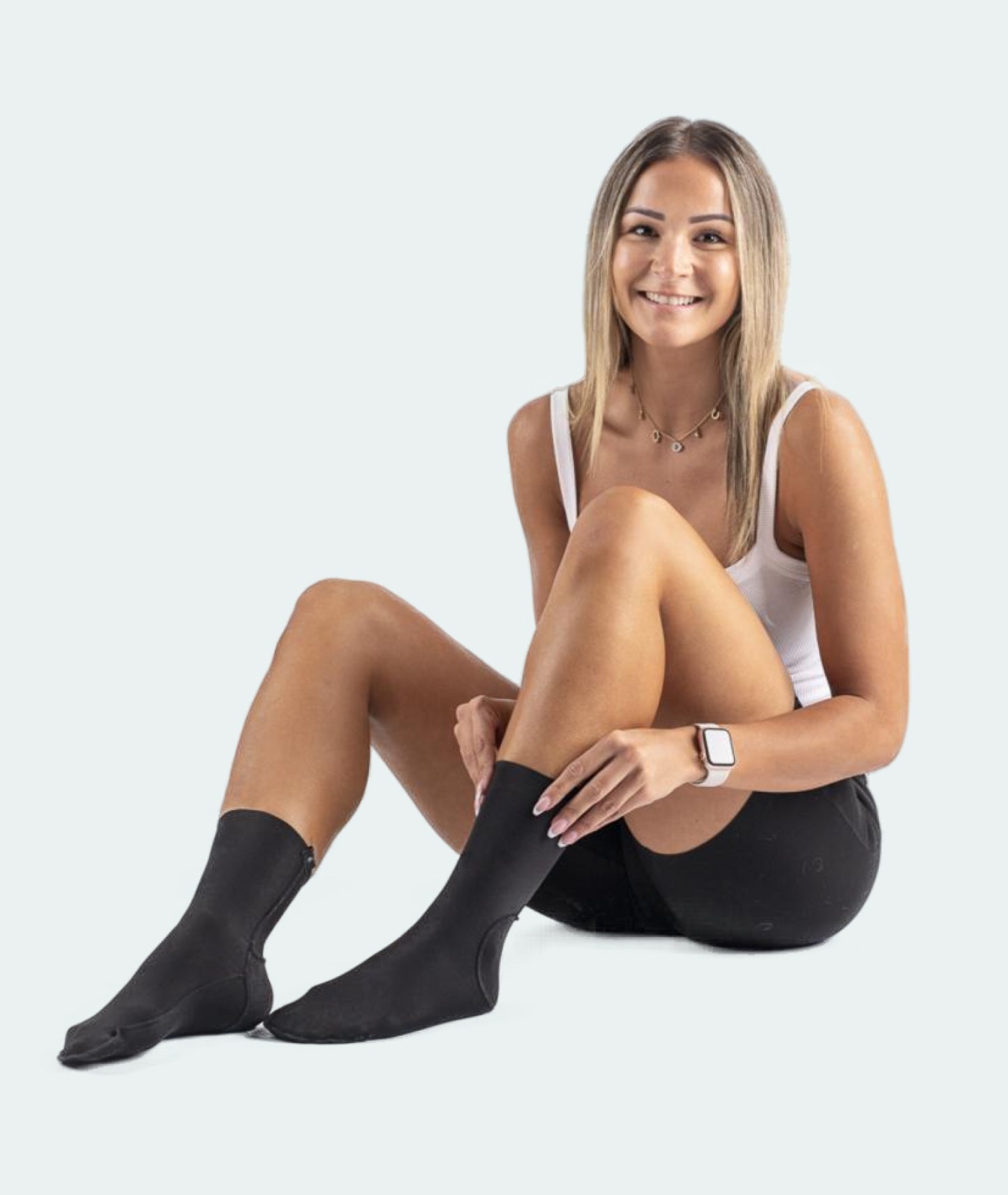
Good on you for tackling the Camino de Santiago! It is spiritually inspiring while being mentally and physically demanding.
The most common physical drama faced by a Pilgrim is blisters!
Here are some simple steps to preparing your feet and footwear for the journey to avoid blisters which apart from painful discomfort can result in infections and in the worst case an incomplete pilgrimage.
The following reflect consistent themes we hear from hikers.
Don’t Let Blisters Slow You Down!
Discover the ultimate solution with ArmaSkin Anti-Blister Socks. Designed with advanced friction-reducing technology, these socks keep your feet dry, comfortable, and blister-free – no matter the challenge.
Shop Now1. Select good quality socks which can provide comfort in the prevailing temperatures. They need to be wear resistant and efficiently wick moisture away from your feet. High content merino wool is a good place to start. Cotton is to be strictly avoided.
2. Select a good quality liner sock like ArmaSkin to prevent shear forces being transferred to your skin layers. If you decide to go with the ArmaSkin liner sock we'd recommend two pairs since our customers indicate around 500km as the longevity for a pair of ArmaSkin.
3. With such a large part of the Camino being well worn pathways select a trail shoe rather than a heavier hiking boot.
4. When selecting footwear wear the socks you are using for your journey. Ensure the size will allow for normal foot swelling. A rough rule is that you should be able to fit your thumb between your heel and the back of the shoe. Also, be sure to check the toe-box to ensure that there is plenty of room for toes to move there especially if you have relatively wide feet. Your toes will swell as well!
5. Read up on and practice a few different lacing techniques which can be used eg to hold your foot firmer in the boot (handy for extended downhill) or loosen specific areas of the boot should you be experiencing discomfort. During the hike if you sense your boots are getting tight then loosen the lacing accordingly.
6. Train, train, train. Make sure you are using your Camino shoes as often as possible in your training (and maybe even as your day to day wear). Just as your new shoes will start to loosen and shape towards your foot shape, your feet will also be changing in reaction to extended hiking. The aim is to get to a happy place before you start your Camino. Importantly your training should include long hikes with your fully packed Camino pack. That extra weight puts extra loading on your feet and also can change your gait. Before you start your Camino is the time to have identified any weak spots.
7. As part of your training, form a view as to when to take breaks. This could be in terms of km or hours. The point being that on a journey you should be taking regular planned breaks (eg 10km on good terrain is roughly when hikers indicate that their feet have swelled). Ideally use the break to take your shoes and socks off and elevate your feet to ease swelling.
8. If at any time you feel a hotspot on your foot, stop and determine and as far as possible fix the cause. It may be caused by a fold in a sock, gravel in the shoe, a rough edge on a shoe seam etc.
Following the above will maximise the chances of having a blister free adventure.
Buen Camino.















